Personal Finance
Why do people use credit cards that earn miles instead of credit cards that earn straight 2% cash back?

Published:

I found this question on Quora, and I feel that it’s a fair question. There are so many different types of credit cards. Some have benefits such as cashback, as the question points out, but others such as 0% APR, hundreds of dollars of sign-on bonuses, and points that can be used at a certain retailer such as Amazon or Target. There are even some cashback credit cards that can be used to redeem points for airline miles. With so many options in this credit card-operated world, it’s very difficult to know what cards will be the most beneficial for your spending habits and lifestyle.
Miles cards are fantastic for people who already like to travel and travel often.
Don’t get a miles card if you don’t already travel a lot, since the benefits won’t outweigh the costs.
The right cash back credit card can earn you hundreds, or thousands of dollars a year for free. Click here now to see our top picks. (Sponsor)
The idea that there is a “right credit card,” or the “very best” credit card objectively is something that leaves out a lot of consideration and nuance for your own personal spending habits and your own personal budget and lifestyle. Although many credit cards can grant you access to luxury perks, they can come with serious drawbacks if you don’t have the lifestyle or budget that allows you to utilize those perks.
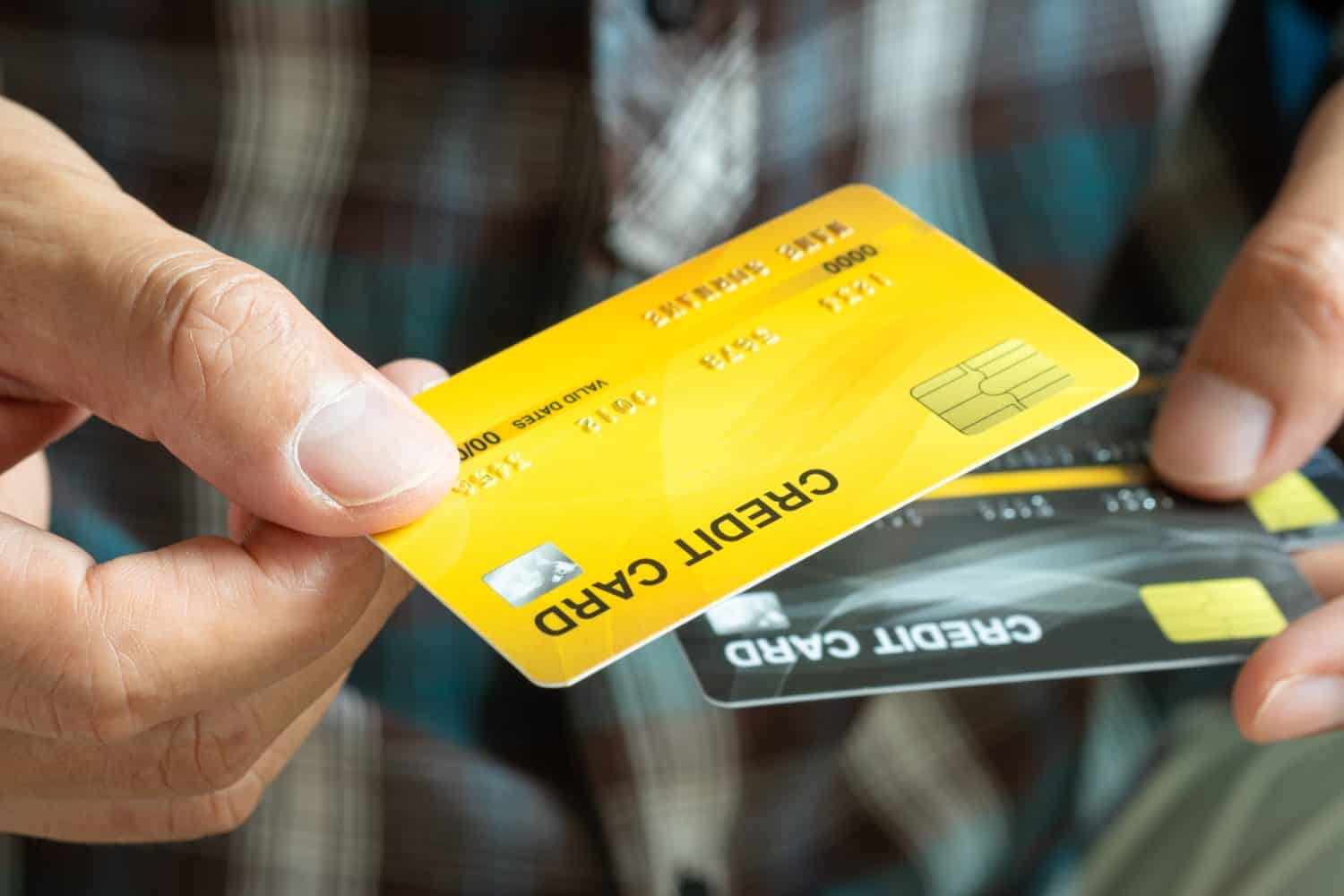
There are a few responses to this question that raise some specific and valid points, also some controversy:
User Ron Leavitt inserts that flyer mileage can be used in bulk when needed, while 2% cashback can usually be squandered month by month, sometimes automatically applied to your monthly statement. This user inserts that it is similar to having home equity instead of utilizing an equity line of credit, or HELOC loan. Personally, I don’t think this is an adequate comparison. Especially because with most cashback credit cards, the cashback doesn’t expire and the user can save them to be used in bulk, making this point mute.
Another user, Benjamin Black Perley thinks that only ignorant consumers would choose a miles card over a flat-rate cashback card. He asserts that the actual question is, “Why do people put their spend on a mileage card vs. a 2% one?” He then says that holding a credit card for the benefits of the card but not spending on that card is an option. There isn’t much more information or context to this opinion, which to me, is a shame because expounding on this idea might have made his meaning clearer. For most card benefits, you have to use that specific card to apply the benefit to the purchase you are making,
On the defending side of the conversation, two users make some well-thought-out and succinct points.
User Jerry Jones says that because he travels for work, his miles card easily gets him up to the equivalent of 3%-4% and sometimes even 10% cashback value racking up airline miles with his card. Because he often flies with a major airline that he has his card with, he gets other benefits such as 25% off discounts on infight purchases, free checked bags, priority boarding, and a large number of bonus miles when he purchases flights with that airline using that card. Depending on the specific flight ticket costs, instead of a flat rate of 2% back, earning the bonus miles on top of the regular mileage earnings can materialize as much as 10% of a $1,000 purchase.
Our last commenter, Peter Jackson, says that it really depends on your own personal lifestyle and where you spend your money. He explains that one credit card, the American Express Platinum, has an annual fee of $550 (now it is $695, as this post is from 6 years ago). The current benefits of the card include a sign-on bonus of 80,000 Membership Rewards Points (worth about $800-$960), 5 Membership Rewards Points per dollar spent up to $500,000 spent, 5 points per $1 on hotel bookings, 2 points per $1 on travel expenses, and then 1 point per $1 on every other purchase.
In addition to that, the cardholder receives a $200 credit for airline incidental fees such as checked bags and in-flight purchases. There is also an additional $200 credit for Uber rides, with automatic enrollment in Uber VIP, $200 in hotel booking credit, $300 in Equinox credit, $300 in Soul Cycle Credit, $240 in digital entertainment credit, $199 Clear credit, not to mention 36 other incredible benefits such as an upgrade to Hilton Honors Gold status, airport lounge access, room upgrades, concierge service, low airline fares, exclusive events, no foreign transaction fees, no spending limit, and even emergency assistance. Depending on where you redeem the Membership Rewards Points, they can be worth 0.5 cents to 1 cent each. In addition to that, you can transfer the accumulated points to other travel loyalty programs which can maximize the point value up to 1.2 cents per point.
If that wasn’t enough, because this is a charge card, a card that requires you to pay in full each month, it has two features that essentially function as a variable APR: Plan It, and Pay Over Time. These features allow the user to set up payment plans for eligible purchases to make financing large purchases easier.
Going back to Peter Jackson’s comment, he points out that IF you travel frequently, fly often, utilize rideshares, book hotels, and get car rentals frequently, this specific card would give you immense value in returns ($1,200 credit alone, not to mention the high points per dollar tiers) that far outweigh the annual $695 fee. If you notice, many of the benefits and credits specifically revolve around flying and traveling. However, if you are a person who only travels once or twice per year, the benefits of this card would most likely not outweigh the annual $695 fee, and you would probably be better off with a different type of rewards card such as a 2% flat-rate card that doesn’t have an annual fee at all.
The original question wanted to compare two different types of rewards cards: cash back and miles cards. There is another type of reward card, points. To open up the options for getting benefits that match your particular lifestyle, you should carefully consider each type. For travelers, there are options available depending on credit score, frequency of travel, and preferred airlines.
There are many advantages and disadvantages for each type of card that we will briefly go over, with the first type being cash back credit cards. Some advantages of cash back credit cards are that they are easy to use, offer simple rewards, and are very easy to track. There are different kinds of cashback credit cards: flat-rate, tiered, and rotating categories. Flat-rate cashback credit cards are just what the name implies: a flat-rate percentage for every purchase. The rate is usually between 1%–3%, and they often have good sign-on bonuses of a couple of hundred dollars. One of the highest rated flat-rate credit cards is the Wells Fargo Active Cash Card.
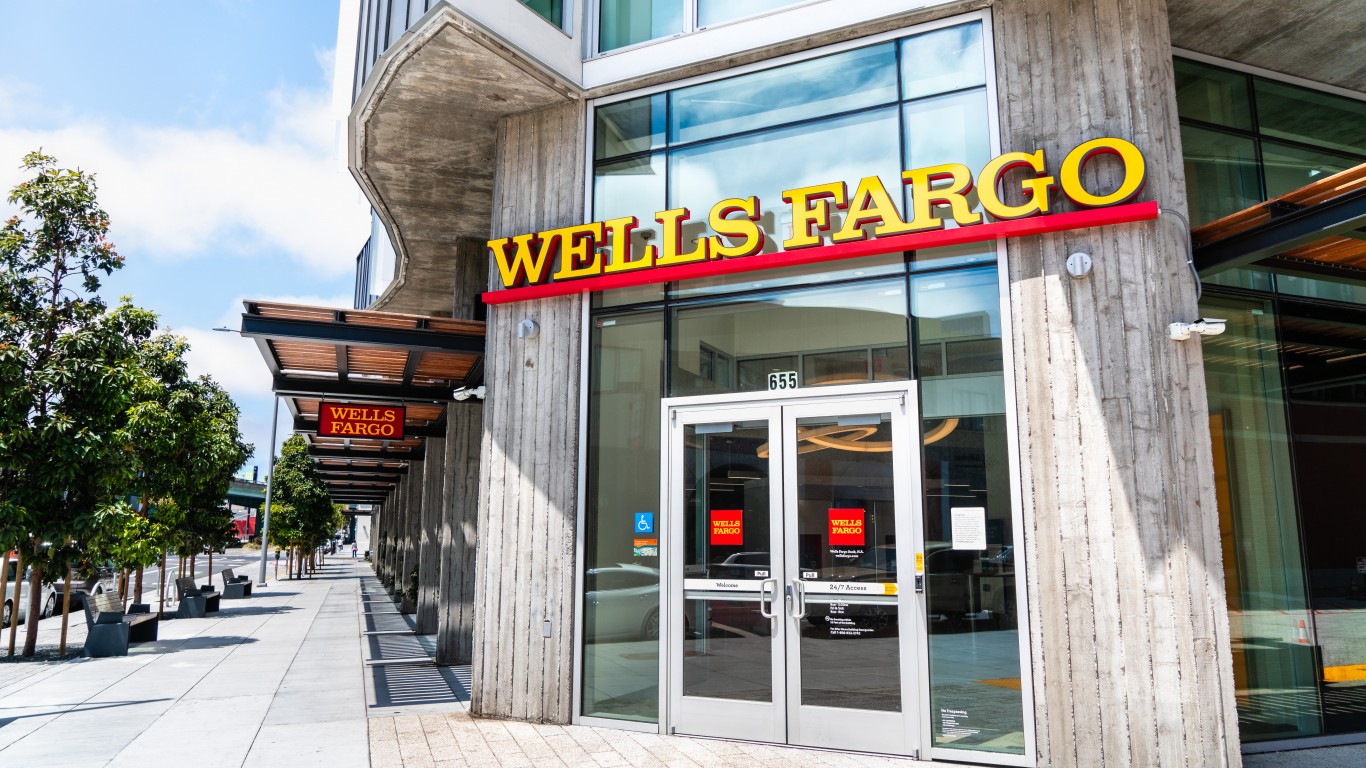
This card has one of the highest cashback rates around. It also has a generous sign-on bonus of $200. Another benefit to this card is that it has several flexible redemption options including withdrawal from Wells Fargo ATM, direct deposit into a Wells Fargo account, statement credits, and mailed paper checks. The amazing 0% APR offer lasts for 12 months and then switches to the ongoing APR of 19.24%–29.24% Variable APR.
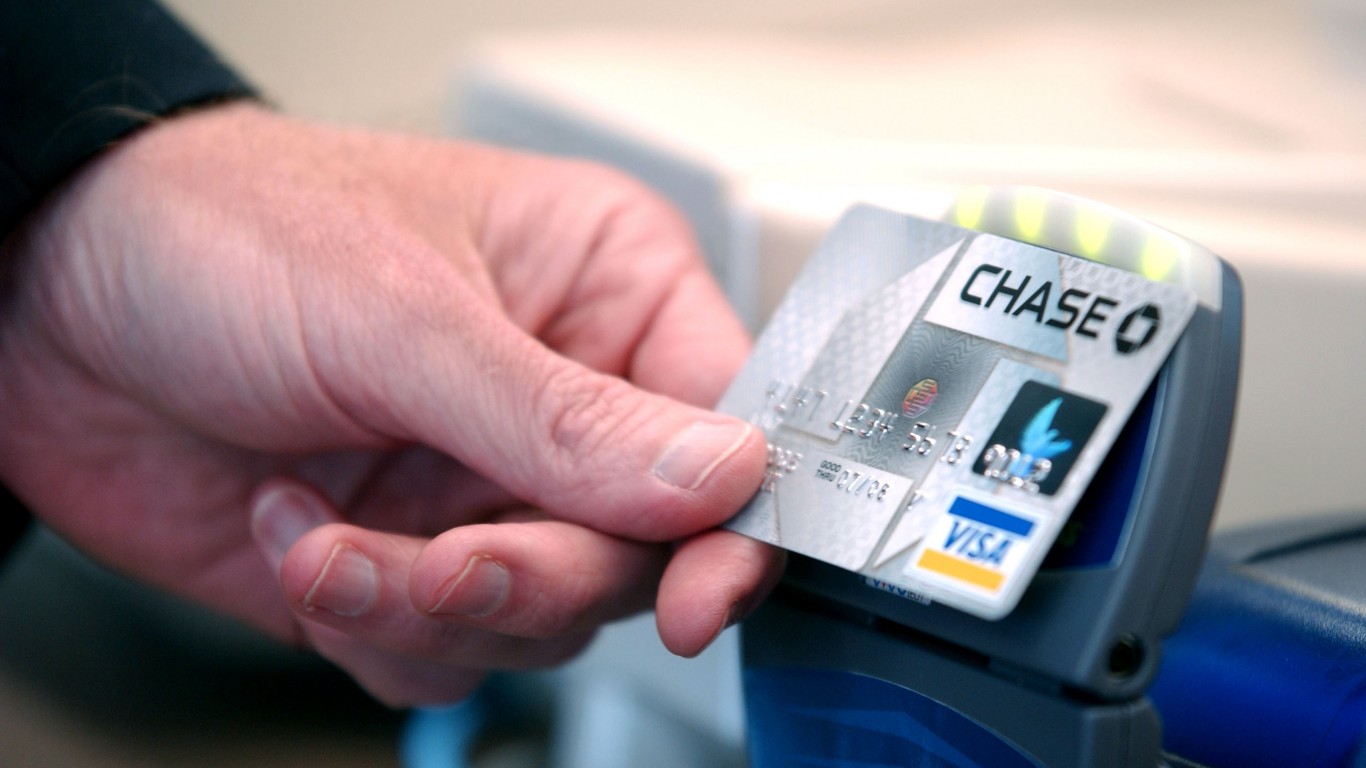
The next type of cashback credit card is called a tiered or bonus category credit card. Bonus category cards are nice because you can select one that has high percentage rewards for certain categories like groceries, drug stores, and gas stations or a specific retailer such as Amazon, Target, or Costco. The best Bonus Category card is the Chase Freedom Unlimited.
The bonus categories for this card are good for travelers. 5% cash back is rewarded for travel through Chase Travel, 3% cash back on drugstores and restaurants, and 1.5% back on everything else. Cashback rewards don’t expire with this card, and you have access to credit monitoring as well as easy redemption.
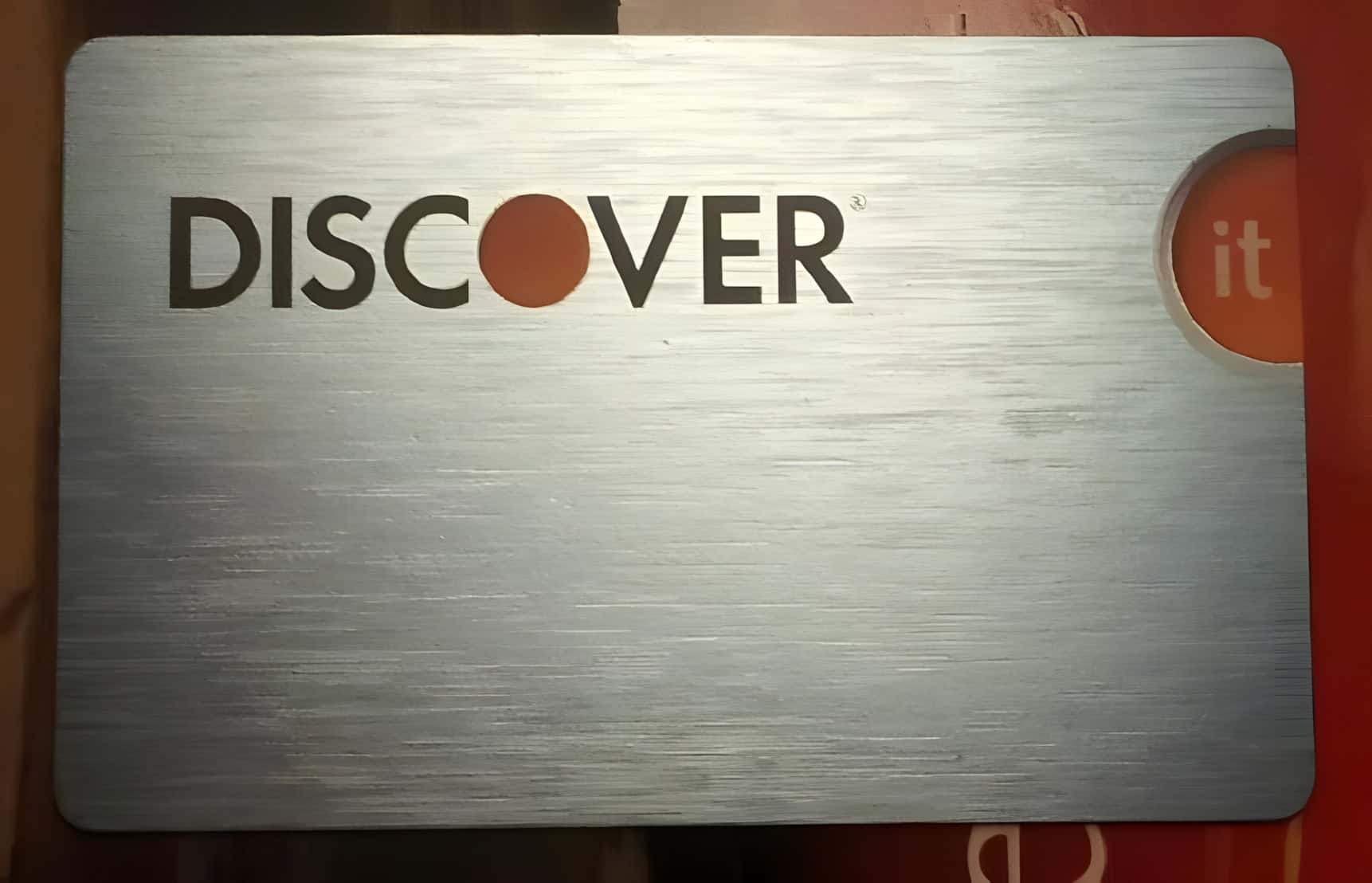
The last type of cashback card is the rotating category credit card. Rotating categories are similar to tiered categories, except the highest tier changes each quarter. With some cards, you can choose your categories, others are assigned to you. Something to pay special attention to is whether you need to manually activate the categories or not. Another thing to note is that each quarter, there is usually a spending cap, usually $1,500, and then the cashback rewards revert to the flat rate. The best one is the Discover it Cash Back card.
The rotating 5% categories switch each quarter and require manual activation. Everything else is a flat rate of 1%. The categories are assigned, usually a broad category paired with a specific retailer. Something else that is convenient is that rewards can be earned retroactively, as long as the categories are activated by midway through the third month of the quarter.
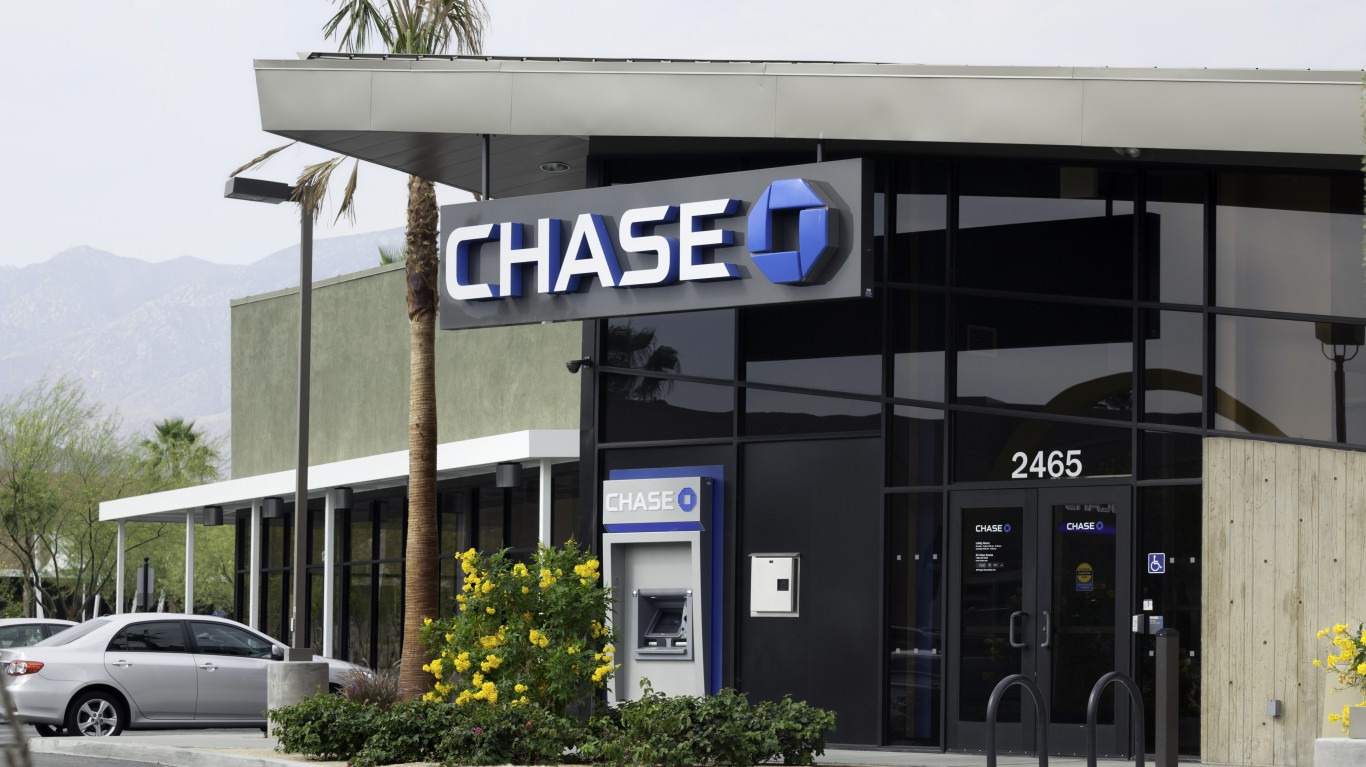
Points cards may not be as simple to navigate as cashback rewards cards, but they are considered to be more versatile in a lot of respects. Typically, points can be redeemed for many different types of rewards, including cashback, and are valued for their transferability to card partners to increase their cash value even more.
Some of the disadvantages for some users could be the complexity of the points system, and the possibility of not maximizing the potential value of the points. Sometimes points might expire, unlike cashback which typically doesn’t expire.
This points card is similar to a bonus category cash back card in that it rewards different amounts of points to different categories. The four tiers are 5x for Chase Travel purchases, 3x for dining and restaurants, 3x for online groceries and streaming, 2x for all other travel, and 1x for everything else. Other benefits include a complimentary DashPass and a $50 annual hotel credit, and points are worth 25% more when they are redeemed on Chase Travel.
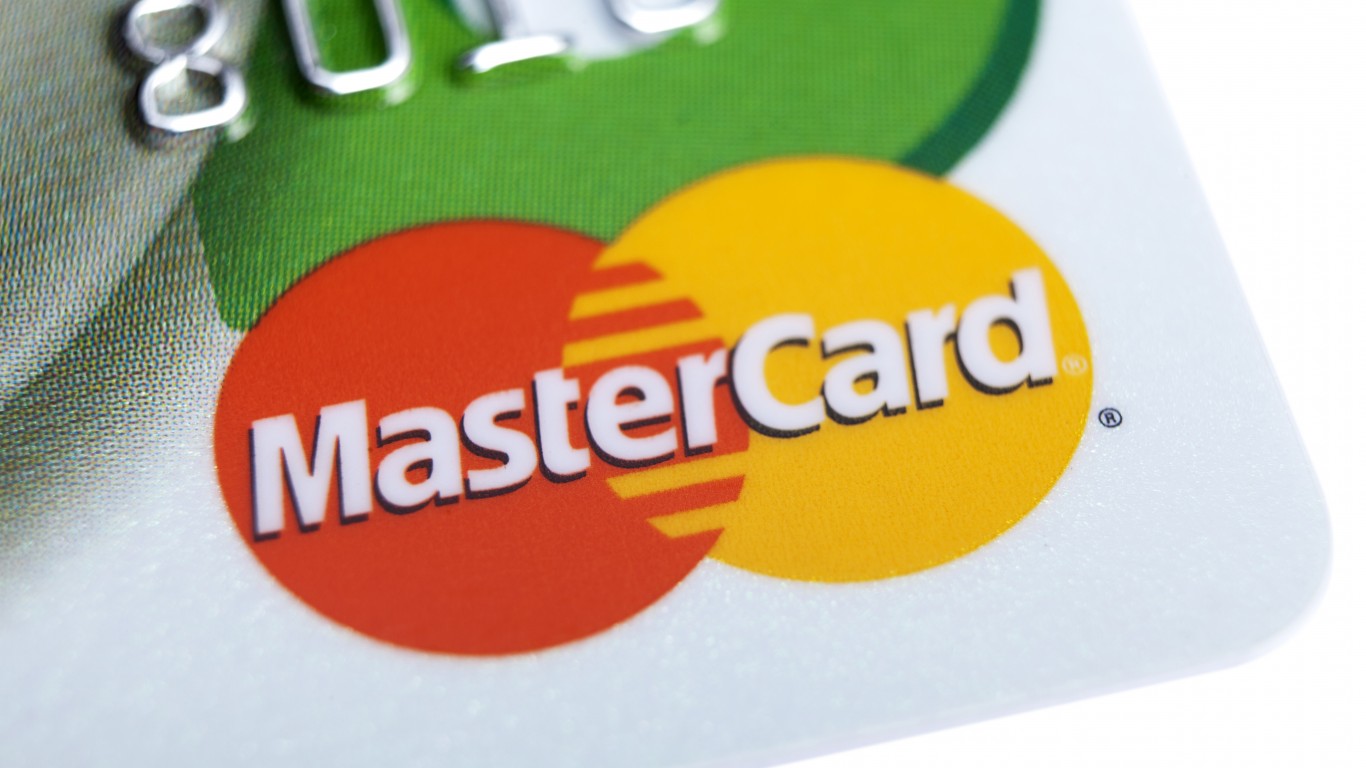
Something that is cool about this card is that it might be the only credit card you can use to pay for rent! When you make a rent payment with this card, you won’t incur an extra fee or a surcharge. There are some other bonuses such as 5x points on Lyft rides, 3x points on dining, 2x points on travel, 1x points on rent, and then 1x points on every other purchase. It also comes with cell phone protection, a $5 Lyft credit per month, a complimentary ShopRunner membership, and rental car damage protection.
The way this works is that Bilt is partnered with 3.5 million rental units across the U.S. If you don’t live in one of these units, you can pay your rent through Bilt to earn points and Bilt will send your landlord your rent. Bilt has a rewards app, where you can set up a Bilt Rent account. This account gives you a unique routing and account number to pay your rent, or Bilt will send a check if that’s the only way rent is accepted. Bilt points are easy to transfer to multiple hotel and airline loyalty programs, which can be another way to maximize your travel.

As previously noted, if you aren’t a frequent traveler, a miles credit card might not be worth the annual fees for you. Rewards in the form of miles are usually limited to travel purchases or are transferable to specific airlines to increase value. This would be useful and could potentially save a frequent flyer thousands of dollars and make travel much more comfortable and convenient. For a lot of miles cards, the issuer perks might be considered invaluable.
Chase issues the United Explorer card and offers two levels of point categories. The cardholder can earn 2x miles for United purchases, hotel bookings, and dining and 1% for every other purchase. It also offers other premium perks such as free checked bags, $120 TSA PreCheck or NEXUS credit, priority boarding, and 2 passes to the United Club annually. Cardholders also get 25% cashback in the form of statement credit when making in-flight purchases. Each mile point is worth 1.2 cents per point. Also, a complimentary DashPass membership, and automatic trip cancellation and interruption insurance.
A lounge pass is worth $59/each, which makes that incentive more valuable than the cost of the annual fee. The United Club lounges offer quiet, free bar service, complimentary snacks, complimentary Wi-Fi, chairs, workstations, and even showers. There are 45 United Club locations globally. This card is especially beneficial for United MileagePlus members. If travelers use a variety of airlines, and not exclusively United, this card might not be the best.
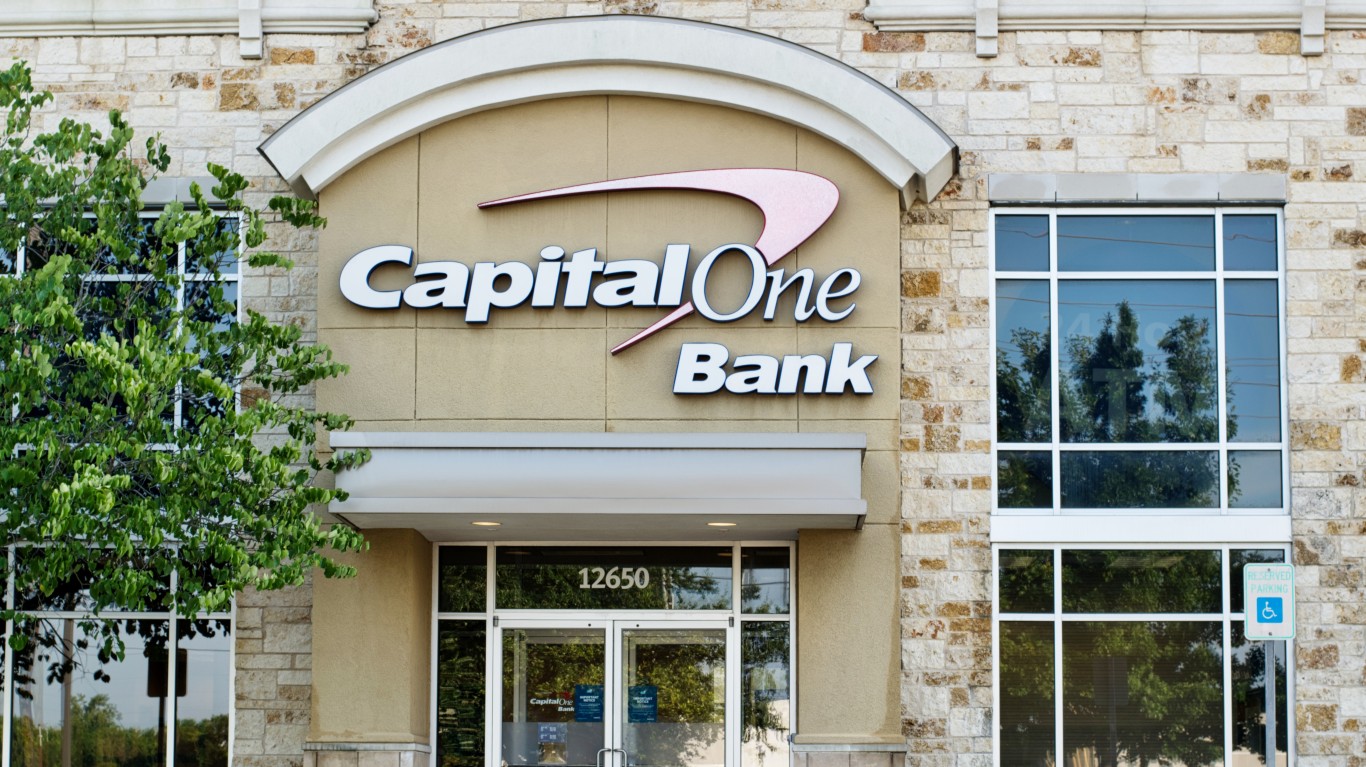
The sign-on bonus of 75,000 after spending $4,000 is equal to $750 in travel. There are different tiers for miles: 5x miles earned on hotel bookings, rental cars, and vacation rentals booked through Capital One Travel. And 2x miles on all other purchases. Besides that, card holders can enjoy an annual $120 TSA PreCheck credit, and $50 credit toward experience credit.
This card is valuable for flexible redemption, which is unique for miles cards. Capital One Venture Rewards Credit Card miles can be transferred to 15 partner airlines and hotel programs, for gift cards, and statement credit. This card is ideal for international travel, as most of the partners are international airlines and there is a lack of domestic transfer partners.
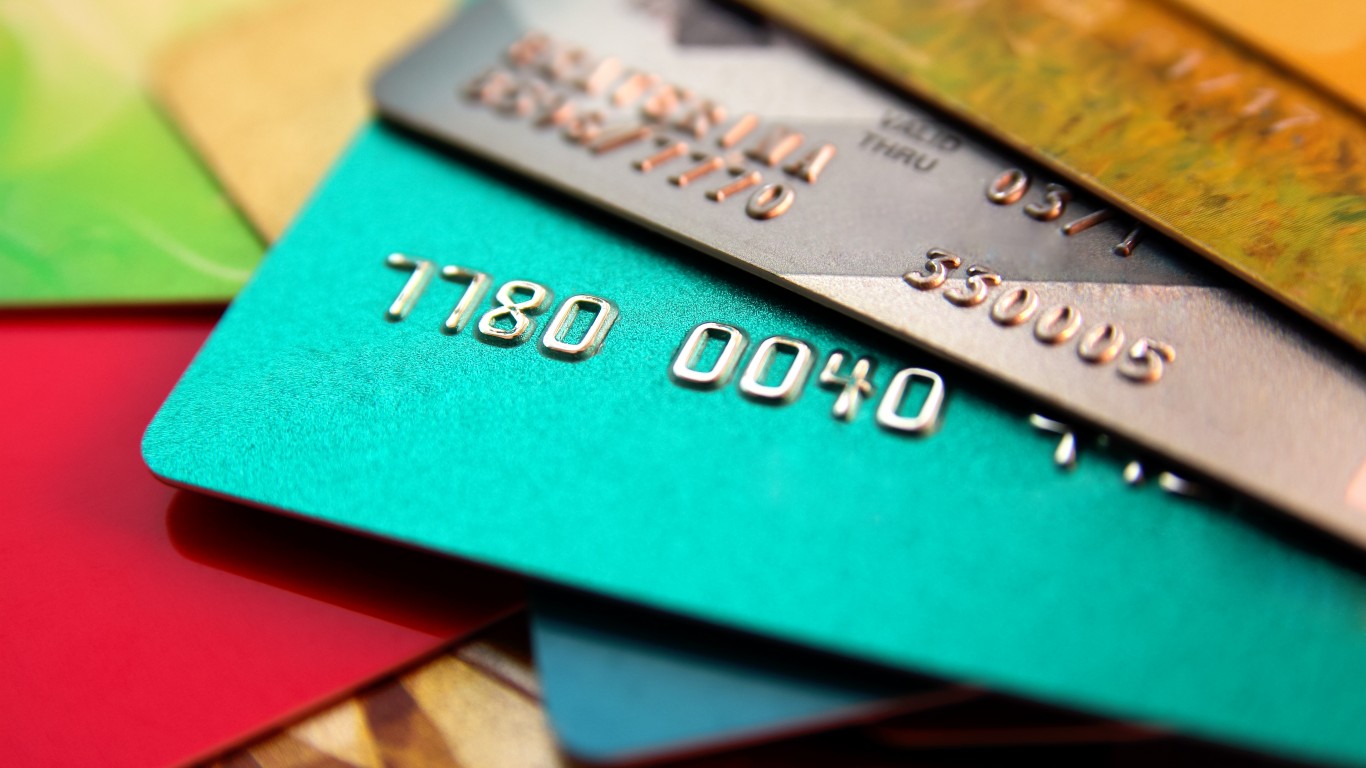
Because using a credit card is almost a requirement for participating in the capitalist system that our culture is based on, you might as well select a card that will give you some benefits in return for the potential debt trap that could befall you if you aren’t careful. Most Americans have a monthly rolling debt, and this in itself is not a moral failure. Although we are conditioned to think that having debt is immoral, the capitalist system we live in is designed to force us to accrue some amount of debt to survive. It is becoming increasingly difficult to exist in the world and have all of our needs met (think Lazlo’s Hierarchy of Needs) without using credit cards.
In some instances, owning a credit card is literally required to participate, like booking a hotel room, renting a car, making hair appointments, and sometimes even securing a doctor’s visit. Interestingly, our history of managing debt affects our ability to turn around and accrue larger amounts of “good” debt in the future. So, if you are feeling down on yourself for having credit card debt, please consider releasing those feelings and being kinder to yourself. Like monkeys in zoos needing antidepressants to pleasantly exist in a zoo, having a credit card that can help add value to your life when you are purchasing things you already were going to purchase anyway does not make you immoral. Participating in an exploitative system in a way that allows you to survive does not hold negative morality.
Some people create somewhat of a hobby out of maximizing points and spend hours upon hours researching cards that have corresponding loyalty programs and creating strategies to squeeze the very most out of their credit cards. In some instances, spending this much time and energy card strategizing might take out some of the actual “value,” by forcing you to trade so much of your time in pursuit of value chasing.
The average American spends $17,274 on debit cards a year, and it’s a HUGE mistake. First, debit cards don’t have the same fraud protections as credit cards. Once your money is gone, it’s gone. But more importantly you can actually get something back from this spending every time you swipe.
Issuers are handing out wild bonuses right now. With some you can earn up to 5% back on every purchase. That’s like getting a 5% discount on everything you buy!
Our top pick is kind of hard to imagine. Not only does it pay up to 5% back, it also includes a $200 cash back reward in the first six months, a 0% intro APR, and…. $0 annual fee. It’s quite literally free money for any one that uses a card regularly. Click here to learn more!
Flywheel Publishing has partnered with CardRatings to provide coverage of credit card products. Flywheel Publishing and CardRatings may receive a commission from card issuers.
Thank you for reading! Have some feedback for us?
Contact the 24/7 Wall St. editorial team.